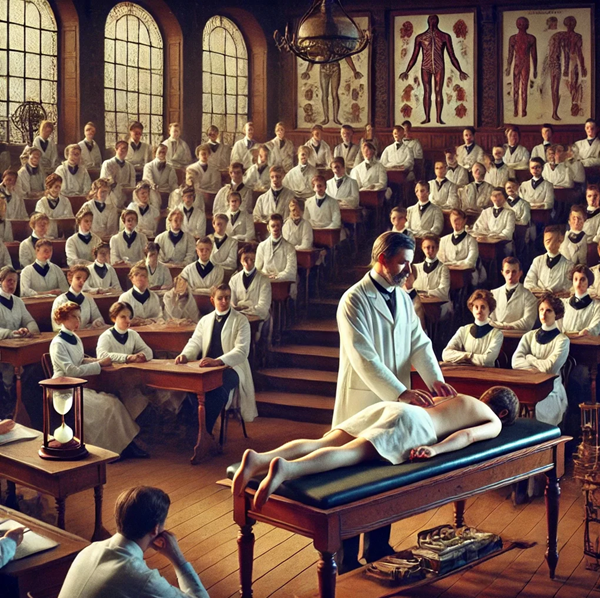What is cranial osteopathy
Cranial osteopathy is a branch of osteopathic medicine in which the physician uses their hands to facilitate movement between the skull bones.
In the mid-1930s Dr. Sutherland helped to develop and teach cranial osteopathy. He emphasized that the cranial concept was only an extension of, and not separate from, the science of osteopathy. He felt that the continuity of rhythmic fluid movement through all tissues of the body, including the skull, would help to improve the health of individuals.
While Dr. Sutherland was a student he pondered the potential of a separate or disarticulated skull. Because Dr. Still taught that every structure exists because it performs a particular function, Dr. Sutherland had a flash of inspiration that the temporal area of the head may have been open to enable a respiratory motion for an articular mechanism.
In other words, the temporal area may have been open in order to allow the bones of the head the ability to move.
Many anatomy books state that the cranial sutures are fused once an individual reaches adulthood. But, over many years of intensive study Dr. Sutherland came to discover this previously unrecognized phenomenon. Thoreau and Dr. Sutherland’s practice and further study in the coming years cranial osteopathy has been the study of anatomy and physiology of the cranium and the interrelationship it has with the rest of the body. Osteopaths and cranial osteopaths can apply this motion for the prevention and treatment of disease as well is the enhancement of health for individuals.
The use of cranial osteopathy is gentle and effective and can be used for people of all ages, from birth to old age. Physicians who are trained in cranial osteopathy learn to feel a very subtle and rhythmical shape change that is called Involuntary Motion or Cranial Rhythm. The existence of this motion was finally confirmed in a series of laboratory tests in the late 1960s and early 1970s.
By feeling the tension in the cranial rhythm practitioners are able to compare your rhythm with what they consider to be ideal. This helps them to find the stressors and strains on your body and what tension it may be carrying as a result of past history.
Cranial osteopathy aims to treat the whole person and not just a single condition so that a wide variety of situations can benefit from the treatment as the body is placed in a position to be able to heal itself.
Some of the more common symptoms which are treated include back and neck pain, sports injuries, headaches and migraines, sinus problems, stress, recurrent infection, digestive difficulties, colic, sleeping in feeding difficulties in infants.
The science of osteopathy is a system of diagnosis and treatment that works with the entire structure and function of the body.
Cranial osteopathy takes this one step further to look more completely at the motion of the cranial bones and how they affect the neurological system and the flow of cerebral spinal fluid.
The goal of cranial osteopathy is the same as the goal of osteopaths, and that is to work to restore the structure and function of the body to stay in balance and harmony which helps the whole person.
